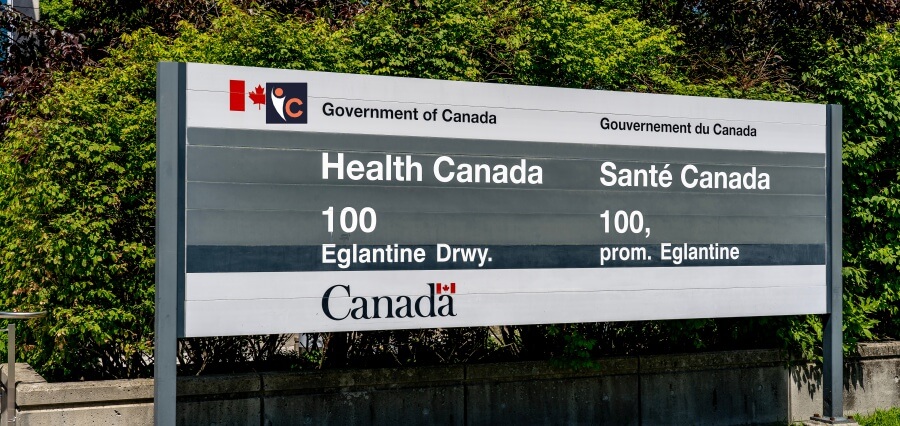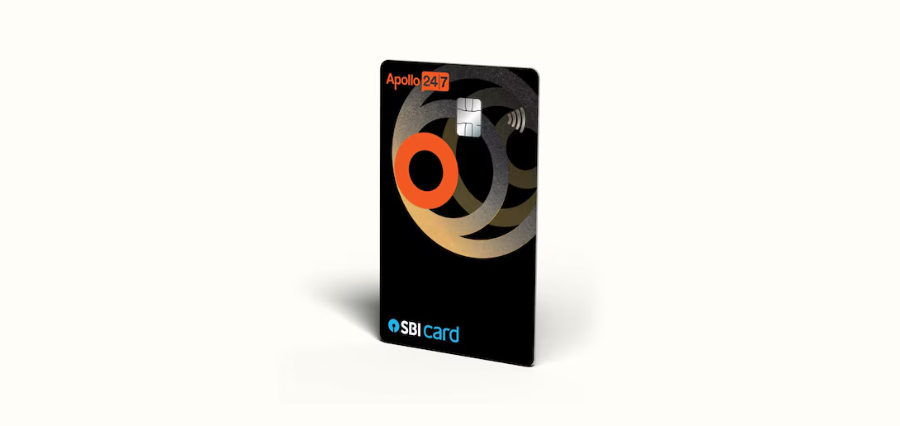Health Canada is opening two new radiological monitoring stations located at Creighton Mine in Lively, the surface facility operated by SNOLAB. These stations are a part of Health Canada’s environmental radiation monitoring program, Radiation Protection Bureau, focused on measures of natural and anthropogenic radiation in the environment to help Canadians understand and manage health risks.
“Along with several research facilities, SNOLAB is proud to collaborate with Health Canada in helping to expand their awareness of environmental radiation,” said Jeter Hall, SNOLAB’s Director of Research. Hall added that SNOLAB possesses state-of-the-art counters for Germanium and radon and houses a database of materials radioactivity such that sources of exposure can be better analyzed.
It has two major networks: the Fixed Point Surveillance Network (FPSN) and the Canadian Radiological Monitoring Network (CRMN). The FPSN was established in 2002 following the 9/11 terrorist attack on the United States, to provide real-time data at strategic sites across Canada that support the national monitoring system and the Federal Nuclear Emergency Plan.
SNOLAB has FPSN that is one of more than 100 fixed-point detectors in Canada that deliver real-time radiation doses. It accumulates millions of measurements every year since each detector measures once every 15 minutes. These data are open and publicly accessible in real time using Open Maps.
Since its founding in 1959, the CRMN has been gathering particulate air, precipitation, and water vapour samples from sites around the country. These samples are analyzed in the RPB lab in Ottawa. SNOLAB’s CRMN hosts one of 30 dedicated radiological monitoring stations across Canada, with data available weekly on air, deposition, and dosimeters—the tools of choice for assessing ionizing radiation exposure. The monitoring at the Sudbury station falls under the remit of SNOLAB‘s scientific support staff, who control the shipment of air filter and precipitation samples to Health Canada in Ottawa, while dosimeter samples leave at four-month intervals.
Data have proved instrumental in establishing long-term trends in environmental radioactivity, and from these networks, RPB was able to trace radioactivity originating from various human activities – historical fallout, nuclear power generation, production of medical isotopes and international nuclear incidents.










